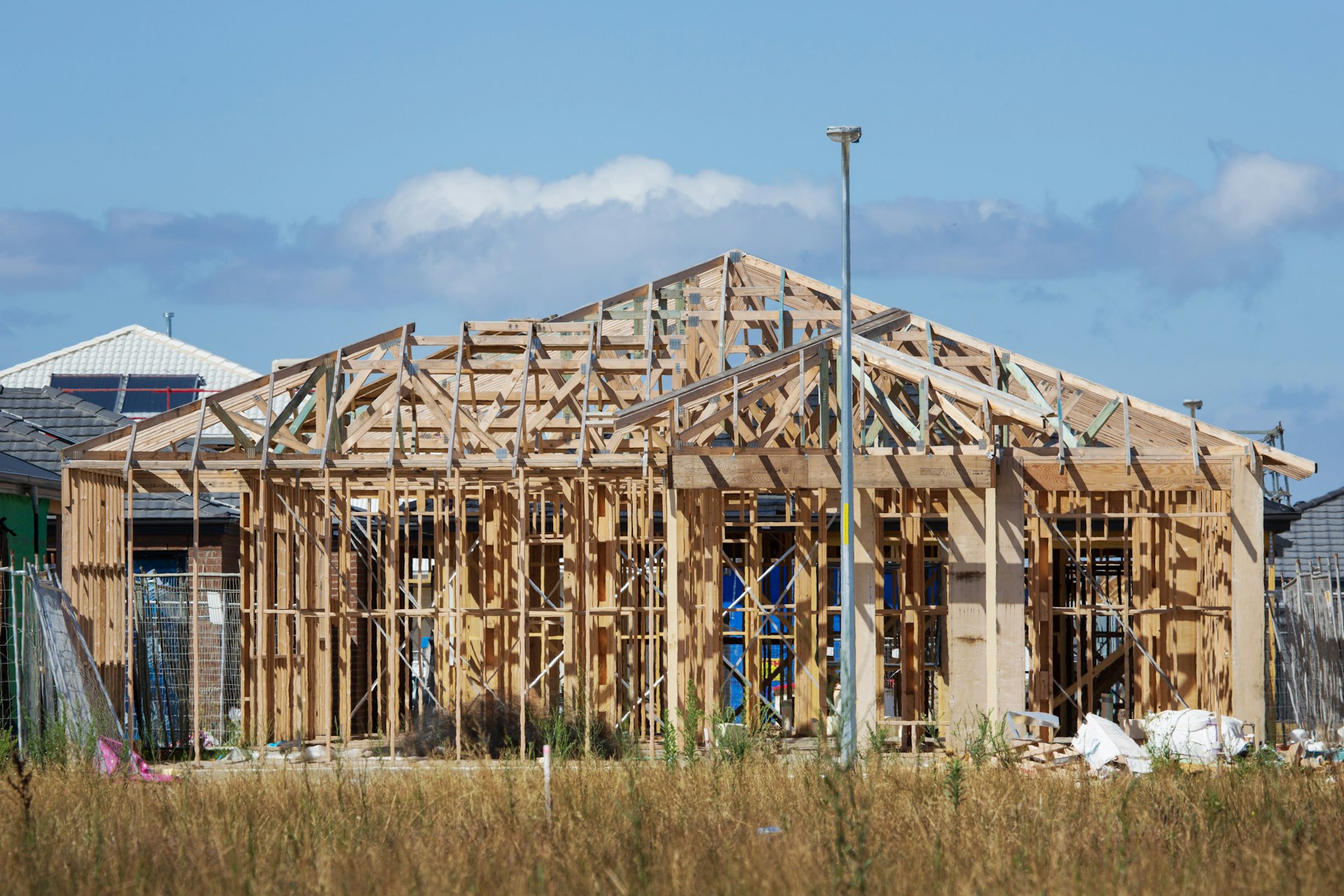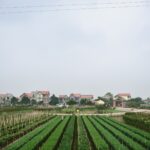How Resilient Infrastructure Drives Long-Term Property Value


Photo by Troy Mortier on Unsplash
Understanding Resilient Infrastructure and Property Value
Resilient infrastructure refers to the deliberate planning, design, and construction of buildings, roads, utilities, and public amenities with the ability to withstand, adapt to, and rapidly recover from adverse events such as extreme weather, natural disasters, and climate-related hazards. In the context of real estate, resilient infrastructure has become a critical factor influencing property values, investment returns, and community stability. As climate risks intensify and urban areas expand, both homeowners and investors are increasingly recognizing the economic and practical advantages of resilient infrastructure.
The Economic Case: Why Resilient Infrastructure Boosts Property Value
Properties located in areas with robust and adaptive infrastructure typically command higher values and experience more stable long-term appreciation. A comprehensive study of over 400,000 property transactions in Miami-Dade County, Florida, for example, found significant gains in home values after the completion of climate adaptation infrastructure projects. These gains were especially pronounced in properties near the new infrastructure, with an aggregate mean benefit of approximately $0.68 million per project and nearly $300 million in total net benefits. The vast majority of projects evaluated offered positive net benefits, suggesting that investments in resilience pass rigorous cost-benefit tests and deliver real value to property owners [2] .
Globally, the economic rationale is equally compelling. According to the Organisation for Economic Co-operation and Development (OECD), every dollar invested in climate-resilient infrastructure can yield about four dollars in benefits by reducing risk, improving service reliability, and extending asset lifespans [5] . These benefits are especially relevant for property owners and real estate investors seeking to safeguard assets from climate-related losses while maximizing returns.

Photo by Sacha Verheij on Unsplash
Types of Resilient Infrastructure That Impact Property Value
Several types of infrastructure improvements can enhance property values:
- Transportation upgrades – New or improved roads, public transit, and pedestrian pathways increase accessibility, attract buyers, and typically drive up local real estate values [1] .
- Green stormwater solutions – The installation of rain gardens, pervious pavements, and other green stormwater infrastructure (GSI) has been shown to increase nearby home values by providing flood control and beautification [3] .
- Flood defenses and climate adaptation – Levees, seawalls, and elevated utilities mitigate flood risk, reduce insurance costs, and directly enhance the marketability and value of properties in vulnerable areas [2] .
- Utility upgrades – Reliable electricity, water, and broadband infrastructure increase both livability and investor confidence, supporting higher property valuations [1] .
For property owners, understanding the specific infrastructure assets in their area and monitoring planned improvements is a critical part of maximizing long-term value and resilience.
Implementation Guidance: Maximizing Property Value with Resilient Infrastructure
To leverage resilient infrastructure for maximum property value, consider the following steps:
- Assess local infrastructure plans: Contact your city or county planning department to learn about upcoming projects in your area. Public records and community meetings can provide valuable insights into what improvements are scheduled and how they might affect your property.
- Evaluate climate and disaster risks: Use resources from agencies like the National Oceanic and Atmospheric Administration (NOAA) to understand the local risks of flooding, hurricanes, wildfires, or other hazards. Properties in areas with active adaptation projects often see greater long-term stability in value [2] .
- Invest in property-level resilience: Implement upgrades such as flood-proofing, stormwater management features, and energy-efficient systems. These improvements not only protect your property but also make it more attractive to future buyers and insurers.
- Monitor green infrastructure initiatives: Many municipalities and non-profits promote green stormwater solutions that can be implemented at both neighborhood and property scales. The Center for Neighborhood Technology offers a Green Values Calculator to estimate the potential impact of green infrastructure on property value [3] .
- Work with experienced professionals: Real estate advisors, engineers, and urban planners can help identify which infrastructure projects will have the greatest impact. If you’re considering buying or selling, consulting with local experts can ensure you make informed decisions. For personalized advice, you may contact a licensed real estate professional in your area. For example, Louis DiGonzini, a real estate advisor in California, provides consultations via phone at 949-922-8420 or email at Ldigonzini@thedigonzinigroup.com [4] .
Potential Challenges and How to Navigate Them
While resilient infrastructure generally increases property value, there are important considerations:
- Gentrification and displacement: Infrastructure improvements can sometimes drive up prices rapidly, leading to gentrification and the displacement of long-term residents. Community engagement and equitable development policies are essential to ensure benefits are widely shared [1] , [3] .
- Overvaluation risks: Hype around infrastructure projects can cause property values to surge beyond sustainable levels, increasing the risk of a market correction. Careful market analysis and portfolio diversification are key for investors [1] .
- Project implementation delays: Infrastructure projects are complex and can face delays or changes in scope. Stay informed about timelines and advocate for transparency in local government processes.
Alternative Approaches and Additional Resources
If large-scale municipal projects are not feasible in your area, consider smaller-scale solutions:
- Install rain gardens, permeable pavements, or bioswales on your property to manage stormwater and reduce flood risk.
- Participate in neighborhood improvement associations or local resilience coalitions that advocate for infrastructure investments.
- Consult with local planners or sustainability offices about grants or incentives for property-level resilience improvements. These may be available through municipal programs or utility providers, but availability varies by region.
- For guidance on federal programs, visit the relevant agency’s official website and search for resilience or adaptation grants. For example, the U.S. Department of Housing and Urban Development (HUD) and the Federal Emergency Management Agency (FEMA) both operate programs related to resilient infrastructure, but you should verify current program details directly on their official sites.
Key Takeaways
Investing in resilient infrastructure is one of the most effective ways to protect and enhance property value over the long term. Whether through public-sector projects or property-level upgrades, resilience reduces risk, attracts buyers, and supports sustainable economic growth. To maximize these benefits:
- Stay informed about local infrastructure initiatives
- Assess your property’s risk profile and adapt accordingly
- Engage with community planning and access professional advice when needed
By taking a proactive approach, property owners and investors can ensure their assets not only withstand future challenges but also thrive in a dynamic real estate market.
References
- [1] Primior (2024). The Impact Of Infrastructure Projects On Real Estate Values.
- [2] The Journal of Political Economy (2023). Adaptation Infrastructure and Its Effects on Property Values in the Face of Climate Change.
- [3] Center for Neighborhood Technology (2022). Green Stormwater Infrastructure Impact on Property Values.
- [4] DiGonzini Group (2024). The Impact of Infrastructure Development on Property Values.
- [5] OECD (2024). Sustainable and Resilient Infrastructure.






